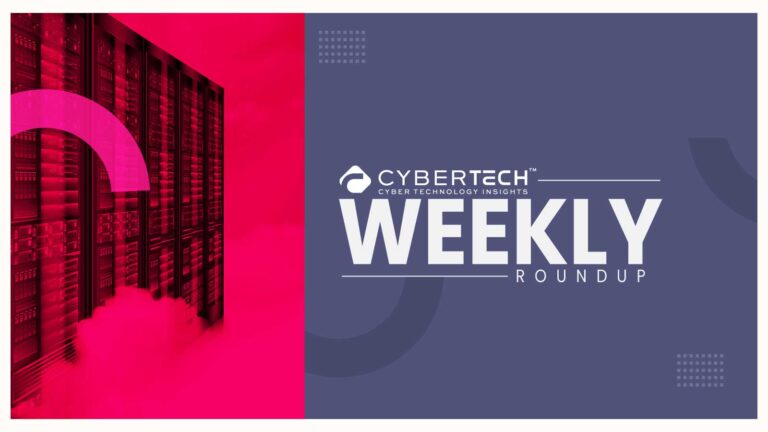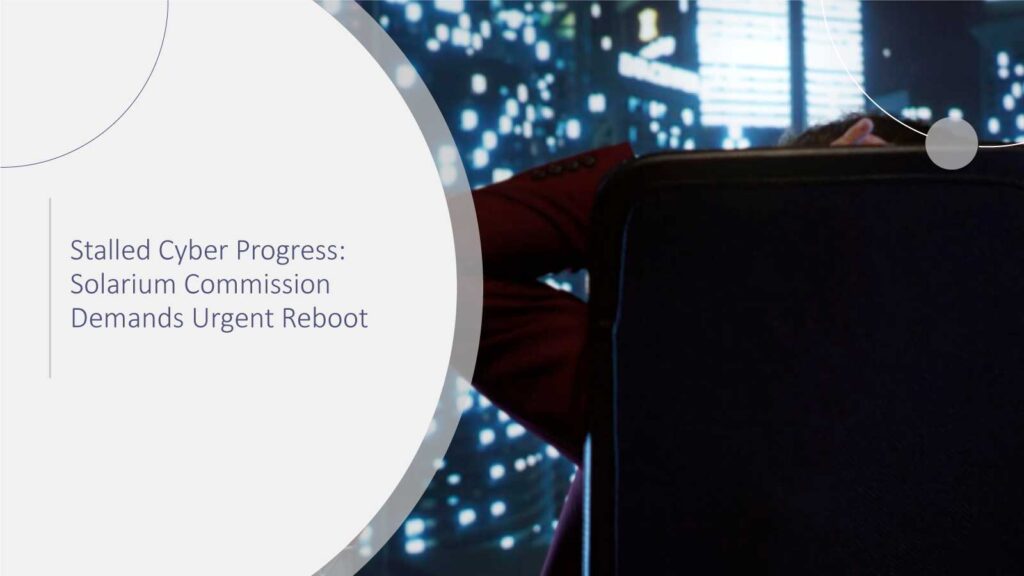Global Cybersecurity Rocked by North Korea Spy Hack
In September’s attack, hackers compromised a North Korean Kimsuky agent’s laptop, dumping 8.9 GB of espionage tools, phishing logs, and plundered South Korean Ministry of Foreign Affairs source code. At DEF CON 2025 in Las Vegas, a record-breaking revelation about North Korea and its cyber tactics exposes one of the most extensive public unveilings of its covert digital spycraft.
Who Was Hacked in the Kimsuky Incident
Hackers Saber and cyb0rg were allegedly responsible for the cyber attack against the individual workstation and virtual instances of a Kimsuky agent by the name of “Kim.”
Kimsuky, also monitored by Western intelligence, is a North Korean cyber-advanced persistent threat (APT) that performs cyber-espionage attacks on governments, think tanks, and defense entities mainly in South Korea.
What the 8.9 GB Leak Contains
The dump now stored on the transparency group Distributed Denial of Secrets (DDoSecrets) contains the following:
Phishing logs targeting South Korea’s Defense Counterintelligence Command and other strategic institutions.
Server IPs, targeted email addresses, and redirect URLs used in cyber operations
Full source code of “Kebi,” South Korea’s Ministry of Foreign Affairs email platform web, mobile, and admin modules
Cobalt Strike malware toolkits and phishing toolkits are utilized in cyber attacks.
Procedure guides and notes that expose attacker procedures
Evidence of Chinese Hacker Connections
Web history analysis of the infected computer indicates Chinese-language hacking forums and translation sites.
Although an operational partnership has not been formally confirmed, this operation suggests potential sharing of knowledge or tools between Chinese and North Korean threat actors.
Why This Leak Concerns the World’s Security
Cybersecurity specialists estimate that the leak offers unprecedented insight into North Korean cyber operations, potentially benefiting defenders substantially.
“This is similar to having the enemy playbook,” said a top analyst with a top cybersecurity company. “Attackers can now learn from these tools and techniques to prepare for future attacks.”
The breach will likely also push Kimsuky to rebuild infrastructure and change tactics, disrupting its ongoing espionage efforts.
When and Where the Information Came To Light
Date Released: August 2025 at DEF CON in Las Vegas
Medium: Released in Phrack magazine’s newest issue
Public Access: Released to authorized journalists and researchers via DDoSecrets
Key Takeaways
- Scale: 8.9 GB of sensitive operational data leaked
- Target: State-sponsored North Korean hacker with Kimsuky
- Effect: Data on DPRK’s cyber espionage tactics, phishing infrastructure, and malware toolsets
- Broader Implication: Could rebalance cybersecurity strategies in the Asia-Pacific
Along with real-time news reporting, this hack is also a cybersecurity case study in detection, monitoring, and countering state-sponsored phishing campaigns.
Cyber defense units worldwide can harness these insights to mentor investigators, rejuvenate malicious email detection frameworks, and fine-tune their methods for addressing security breaches.
Conclusion
The North Korea spy hack is more than just another intrusion; it’s a milestone in the war against state-sponsored cyber spying. Unveiling Kimsuky’s proprietary toolsets, deceptive email frameworks, and stolen development code provides cybersecurity experts worldwide with rare, field-ready insights they can put to immediate use.
While the short-term effect will compel North Korean hackers to resurface and re-conceptualize, the lessons learned will assist governments, security researchers, and businesses in being able to better anticipate and defend against future attacks. As one cybersecurity expert explained, “Leaks like this don’t just expose the past, they shape the future of cyber defense.”
In an era of cyber war, that is an ongoing war in the shadows, the lesson is simple: no operation, however clandestine, is ever entirely out of reach.
For deeper insights on agentic AI governance, identity controls, and real‑world breach data, visit Cyber Tech Insights.
To participate in upcoming interviews, please reach out to our CyberTech Media Room at sudipto@intentamplify.com.







